The most iconic space photos of all time and how they were captured
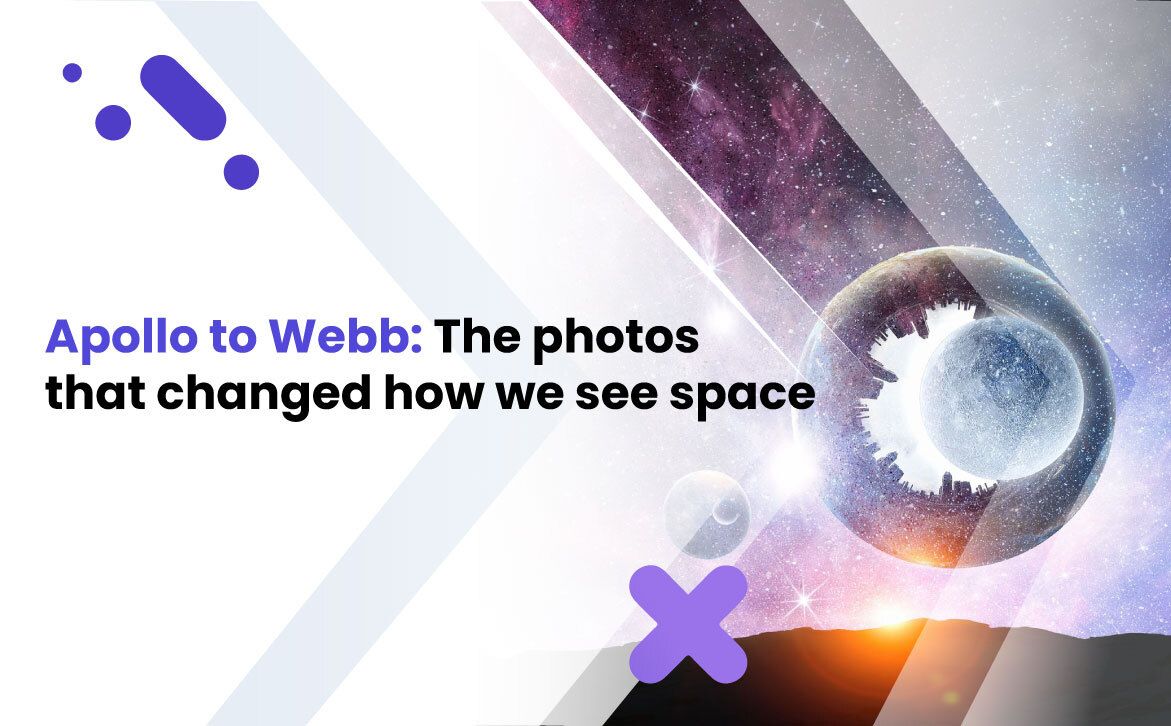
Each of these iconic images serves as a reminder of the vastness, beauty, and mystery of the cosmos
November 6, 2024
I remember when I was a little boy, I used to watch the start and wonder what it would be to live among them. To wander and see the beauty of this cosmic creation. Nebulae, Galaxies and distant worlds full of mystery and excitements.
I used to paint the solar system a lot on a big canvas. I drew the planets on separate papers and glue them to the canvas and drew rockets, comets and this very distant start.
It was magical to daydream about it.
My parents bought me a binocular and I spend a lot of time watching everything I could. It wasn’t strong enough, so I didn’t succeed in seeing anything in details, but kept my passion alive!
Many years later, I would buy my first telescope and see for myself some of the sky objects I used to watch on photos and drew on the canvas.
Space and astrophotography are a field that is great not only for science, but also for inspiring and motivating people to dream big. And dream for far away.
I have collected a very small list of one of the most iconic photos I have seen and one of the most touching. The list is endless, but I have tried to capture the most influential ones.
Earthrise
Apollo 8, 1968
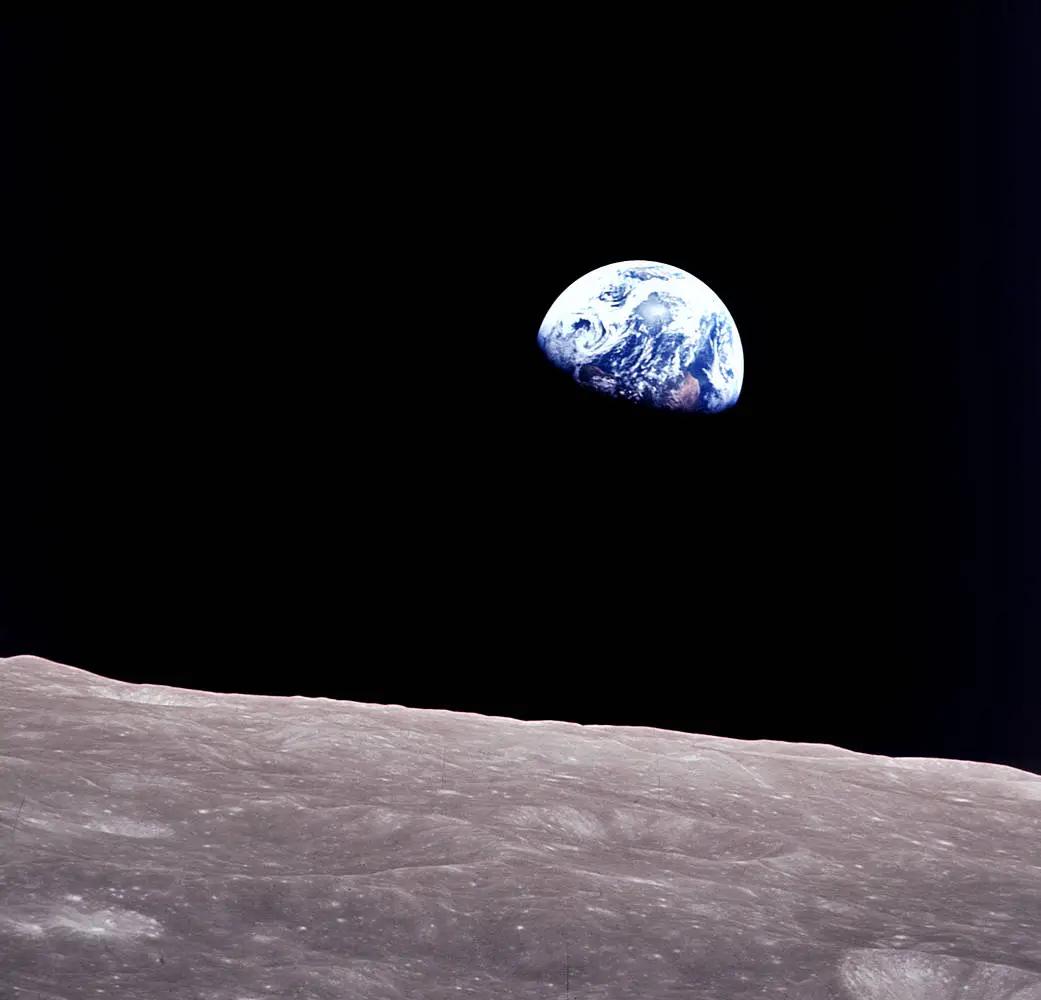
I am starting with this one, because the planet is magical. The beauty of this earthrise is the realization that we have finally started to leave the cradle and we are actual explorers. And this is not just a random planet, but a vast world, filled with life and dreams.
The image is taken by Bill Anders and this little blue marble shows our civilization as one single organism. So small and fragile and yet so powerful.
During the Apollo 8 mission, astronauts were focused on photographing the lunar surface, but seeing the rising Earth, they realized the rarity of the moment. This image turned out to be one of the most iconic ones for sure!
The pale blue dot
taken on Feb. 14, 1990, by NASA’s Voyager 1 spacecraft
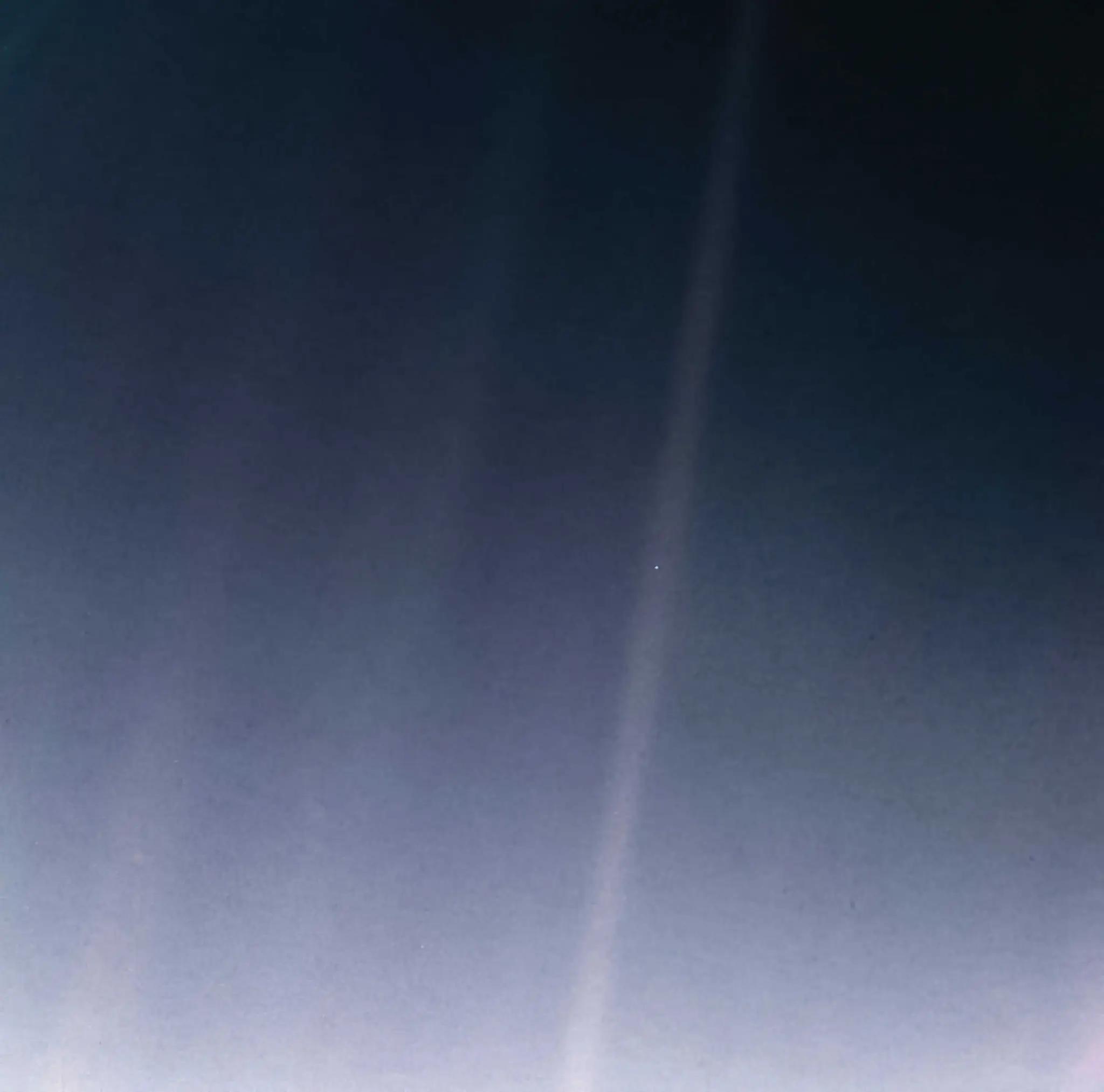
6 billion kilometers away from the Sun. This number is beyond imagination and it’s hard to understand. Everything we dream and do is here. On a dot that is barely visible.
This was shot when Voyager 1 completed its primary mission and NASA gave it instructions to picture all planets in the solar system. Us included. This is the final time we have seen Earth from such a distance.
But something else is also present here. The hope about other worlds and the probability of finding them. When I look at that picture, I don’t see only a few pixels of Earth. I see and understand how little we have observed and how primitive are our ways of searching for planets.
Just a single dot, but full of life.
Just try to image the worlds we can’t see.
Would someone watching at this dot, would consider there is life here?
The Hubble deep field
The Hubble Deep Field covers a piece of sky about 1/13th the diameter of the full Moon.
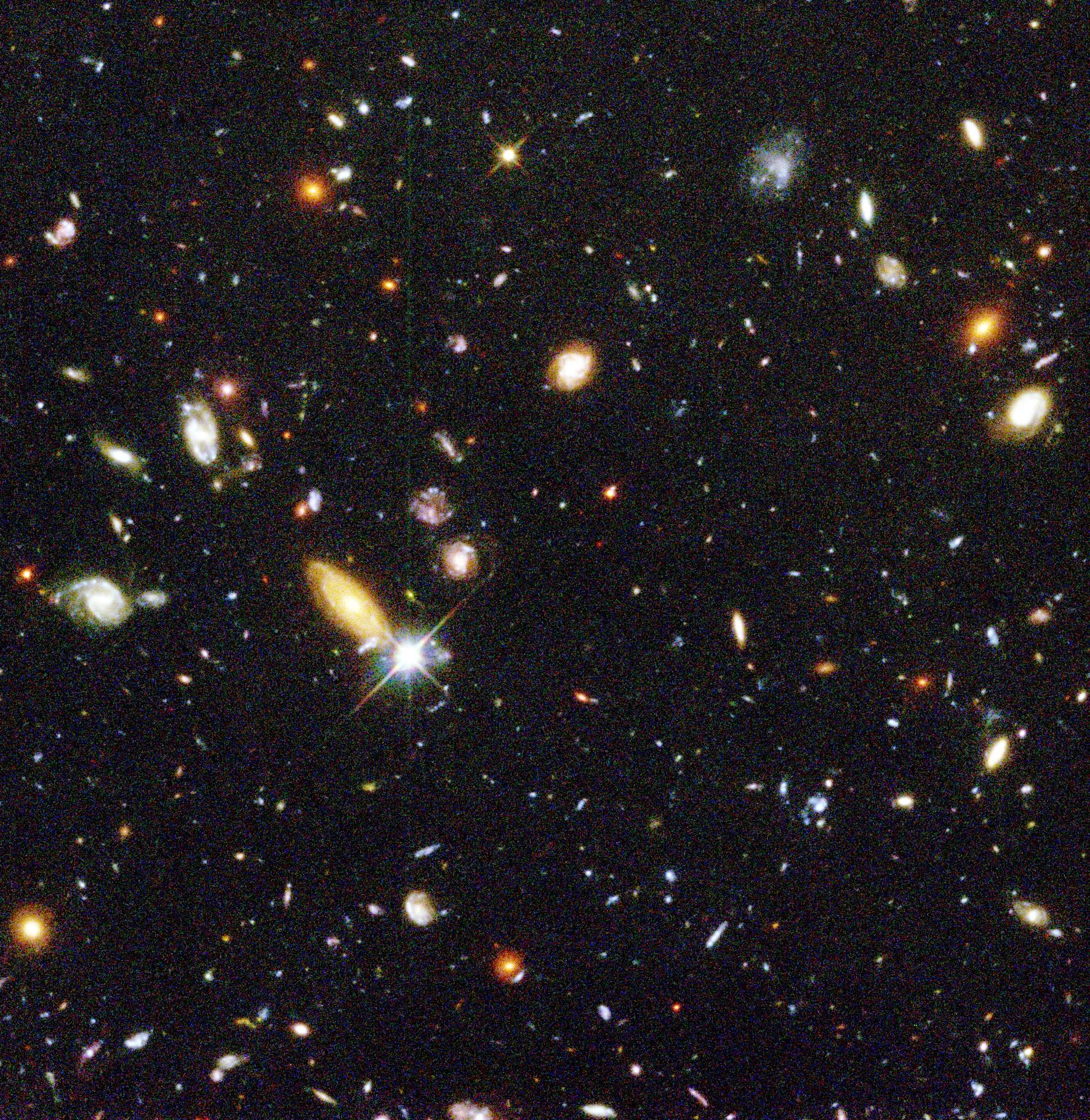
I remember when I was young and I watched documentaries about Space and seeing this image for the first time. Usually in the videos they were describing about our understanding of the Cosmos at the time. And Hubble is an incredible stepping stone.
So many stars and worlds were are never going to visit. So many miracles locked forever for our minds to comprehend. Incredible and amazing views.
Seemingly empty patch of the sky, but filled with thousands of distant galaxies, some over 10 billion light years away. Mind-blowing!
The image was taken by pointing the telescope in the Ursa Major constellation for over 10 days.
The pillars of creation
Hubble Space Telescope, 1995

A star forming region about 7000 light years away. Hubble image again. It’s hard to “see” how vas and big actually these vertical columns of dust are.
Like a big hand trying to grasp part of the space above.
Huge and scary, and yet beautiful.
In 2014, Hubble took another image of the region and photographed it in higher resolution.
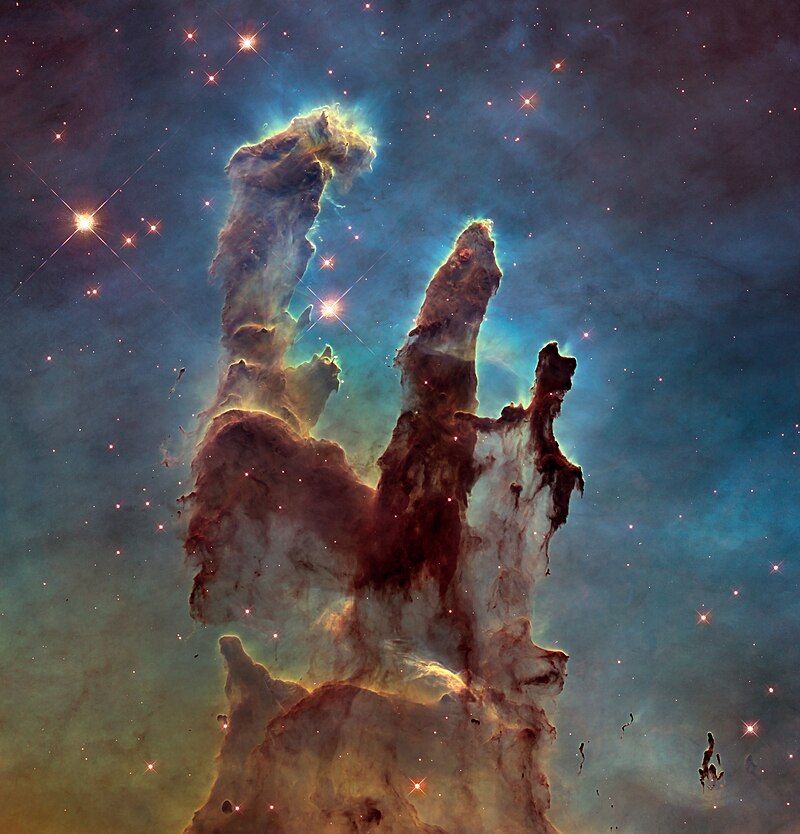
The black hole in M87

We are safe, this is around 55 million light years away in a distant galaxy, but it’s fascinating to “see” something that cannot be seen. The event horizon is truly magnificent.
We have long theorized about them and humanity finally was able to look at one in 2019.
This photo is taken by optimizing an entire network of synchronized radio telescopes, creating a “virtual” telescope to capture the image. The image to be processed took years!
The blue marble
Apollo 17, 1972
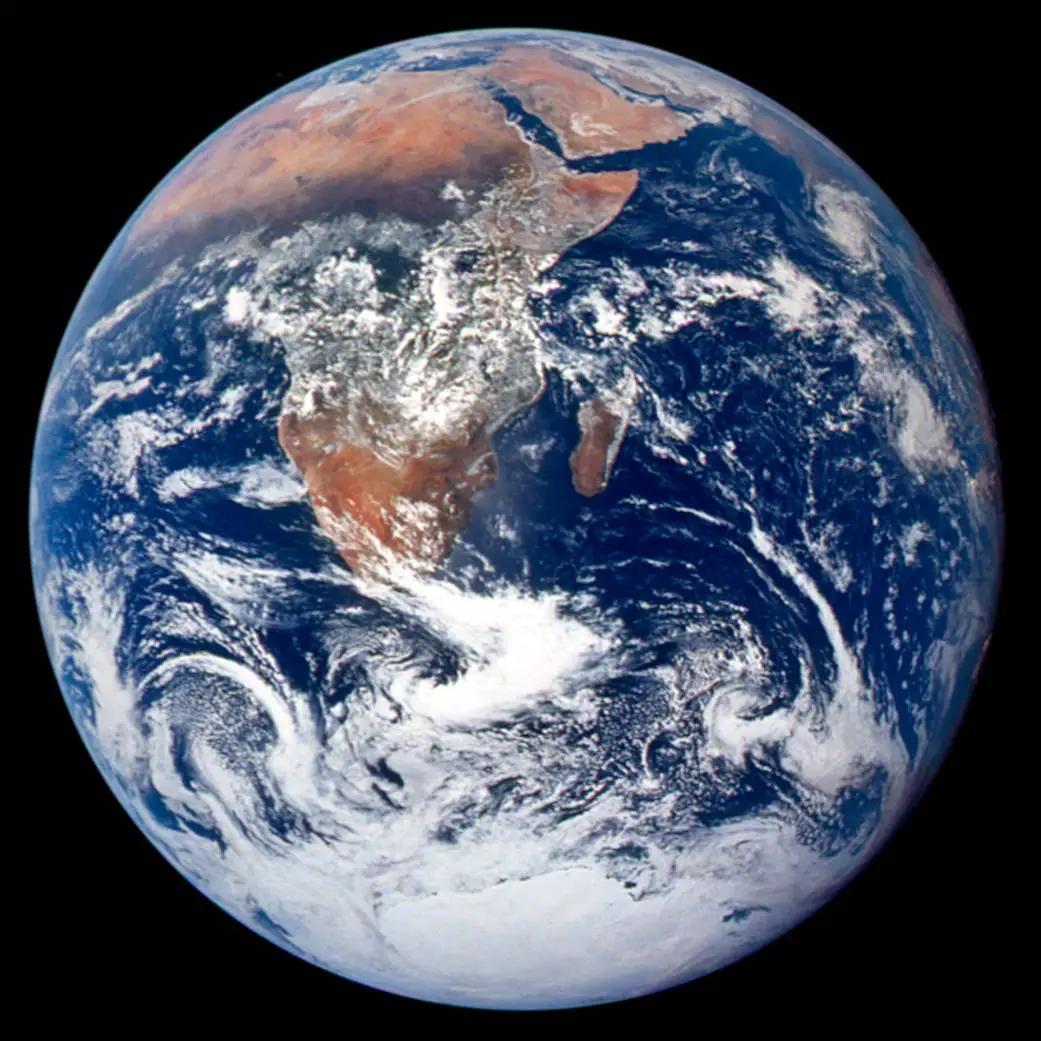
This is an image that is standing at almost any wall in every university with science classes. It is seen in shows, movies and so on. Widely popular, but not many people know when it was taken and by whom.
It was captured by Apollo 17’s crew on their way to the Moon. They are travelling away from Earth and the Sun was positioned behind them. That illuminated the entire planet and a legendary image was born.
Mars’s face on Cydonia
Viking 1, 1976

So many conspiracies about this human-like face. It sparked a lot of intrigue and speculation about life on the red planet. When I saw it for the first time, I tried my best not believe in any conspiracies. After all, the human brain wants to see similar shapes to feel comfortable.
Since then, we learned a lot. Here is the same region with better resolution.
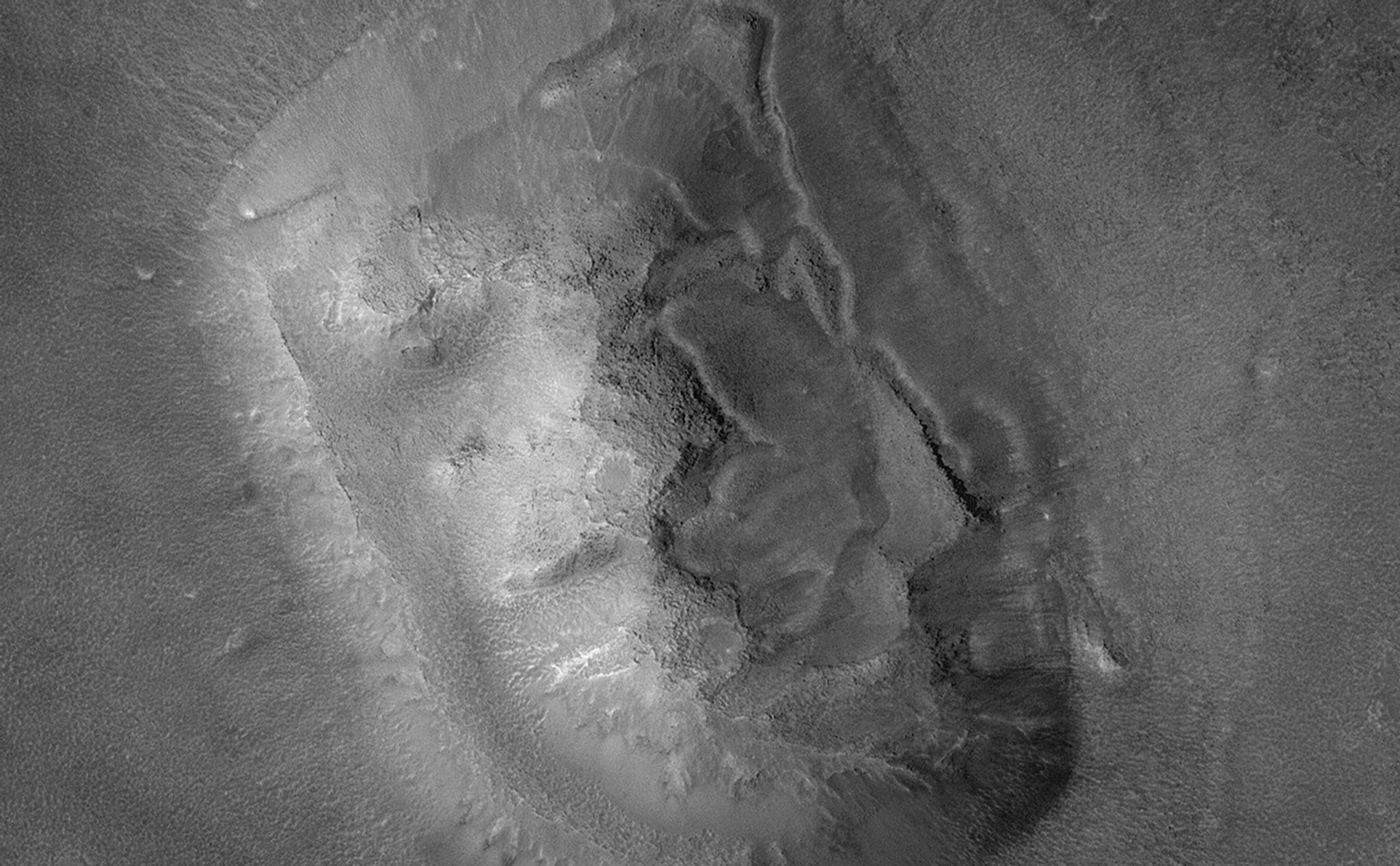
It doesn’t look like a face here. At least I don’t see anything specific.
Or maybe it is designed by that, to be seen from Space... similar to the Nazca Desert and their line drawings in Peru...?
The great red spot of Jupiter
Voyager, 1979

Jupiter is one of the best planets out there. So beautiful and majestic. And huge! It could fit 1000 Earths in its volume.
A gigantic storm raging for hundreds of years.
Being that close to the planet is probably going to be very scary.
The sombrero galaxy
Hubble, 2003

The sombrero galaxy. It doesn’t look like a sombrero to me, but it is a perfect wallpaper!
Very recognizable in astronomy and it shows a lot of details and glowing central bulge.
Hubble took the image both in visible and infrared light.
The crab nebula
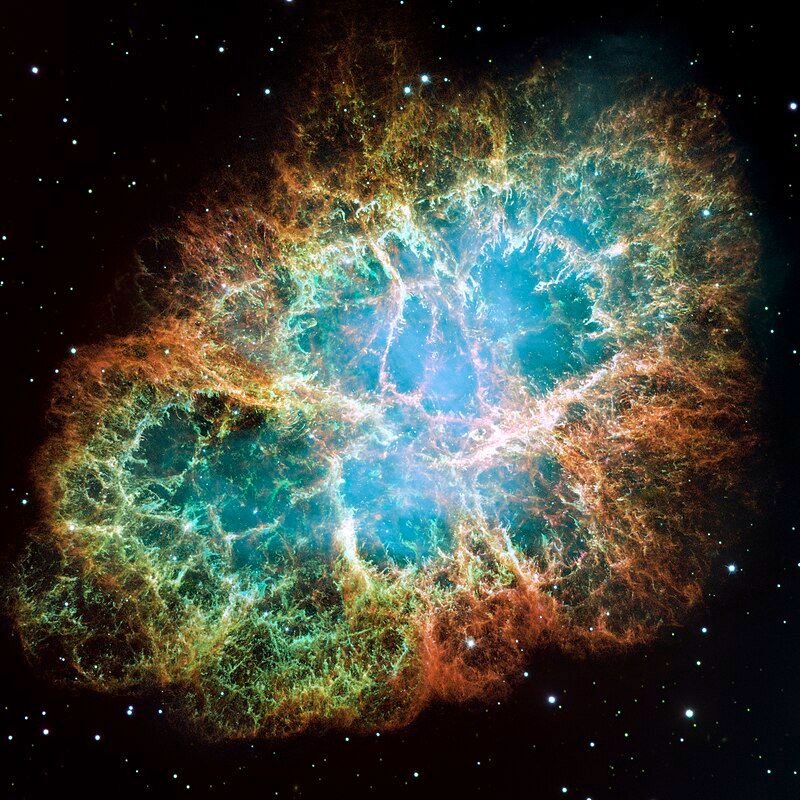
Six light year wide expanding remnant of a supernova explosion. It was observed in 1054 by Chinese astronomers and it is still expanding. It is colorful and chaotic.
One of the most photographed from the astro community. I have seen so many images of this nebula.
The interesting part is that it is very clear how it expands. Matching any recent photo with the original shows the growth of the nebula. Fascinating!
The cosmic cliffs in the Carina Nebula
James Webb Space Telescope
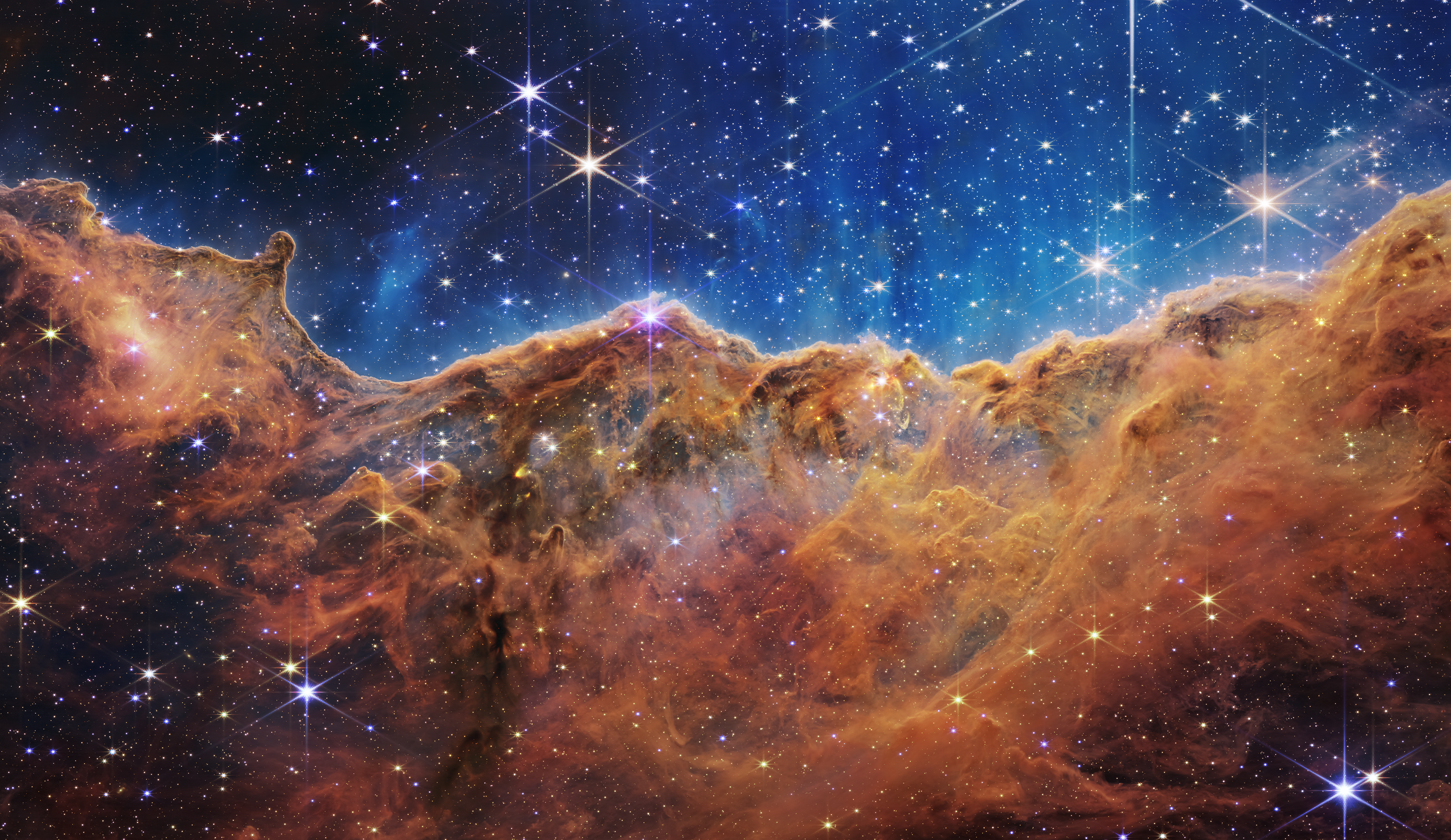
This image is one of the first released by the James Webb Space Telescope. It shows breathtaking landscape of towering gas.
The telescope used its infrared cameras to see through the dust clouds that previously hid this region from view.
Images from JWST are insane when it comes to resolution and quality!
Some random thoughts
Showing all iconic images is close to impossible, since everybody has their favorite. But all of them have inspired scientific discovery, sparked a light in any of us.
It is a reminder that we live in a vast, beautiful and mysterious universe.
And we are yet to see new things!